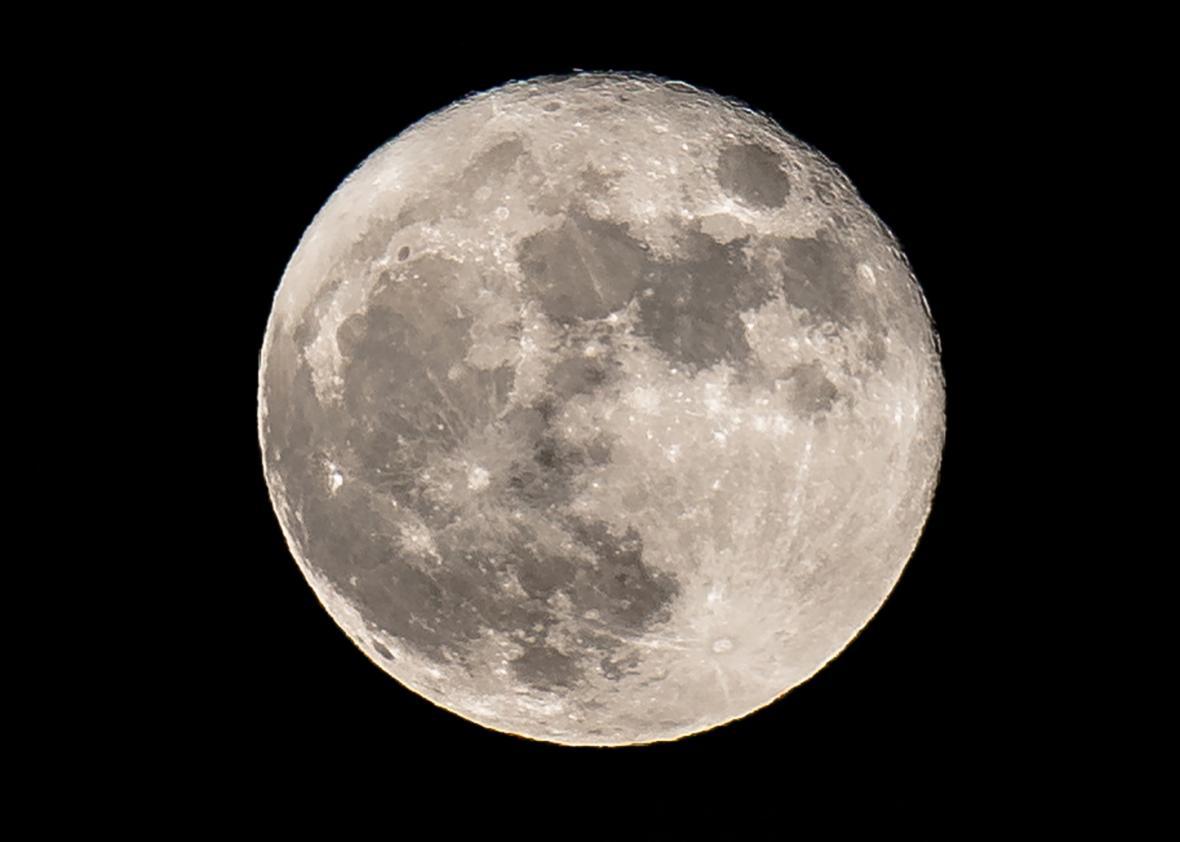Japan’s space agency has made one small step towards establishing a moon base.
Scientists with Japan’s Aerospace Exploration Agency (JAXA) announced on Thursday that they found a hollowed-out lava tube that is 31 miles long and 330 feet wide near a range of volcanic domes. The tube, which is 3.5 billion years old, could be prime real estate for an exploratory base. It would theoretically insulate people from the volatile conditions that make living on the moon an ordeal: cosmic radiation, micrometeorites, and temperatures that can range from 212°F to -280°F. The cave may also have amenities like rocks containing ice or water deposits, which would be useful for fueling equipment.
The scientists found the cave by using a radar system on the SELENE lunar orbiter to scan the subterranean landscape of the moon. Senior researcher Junichi Haruyama admits they have not been able to actually see the inside of the cave as of yet, though hopes are high that these lunar digs will offer a “stable and protected environment that would benefit future human explorers.”
The Kennedy-era infatuation with moon missions is making a modest comeback. In June, JAXA announced plans to send a Japanese astronaut to the moon for the first time ever by around 2030. In early October, Mike Pence announced ambitious, if frustratingly vague, plans to build a moon base as a “stepping stone” to Mars. He may need to ask JAXA if we can squat with them.
